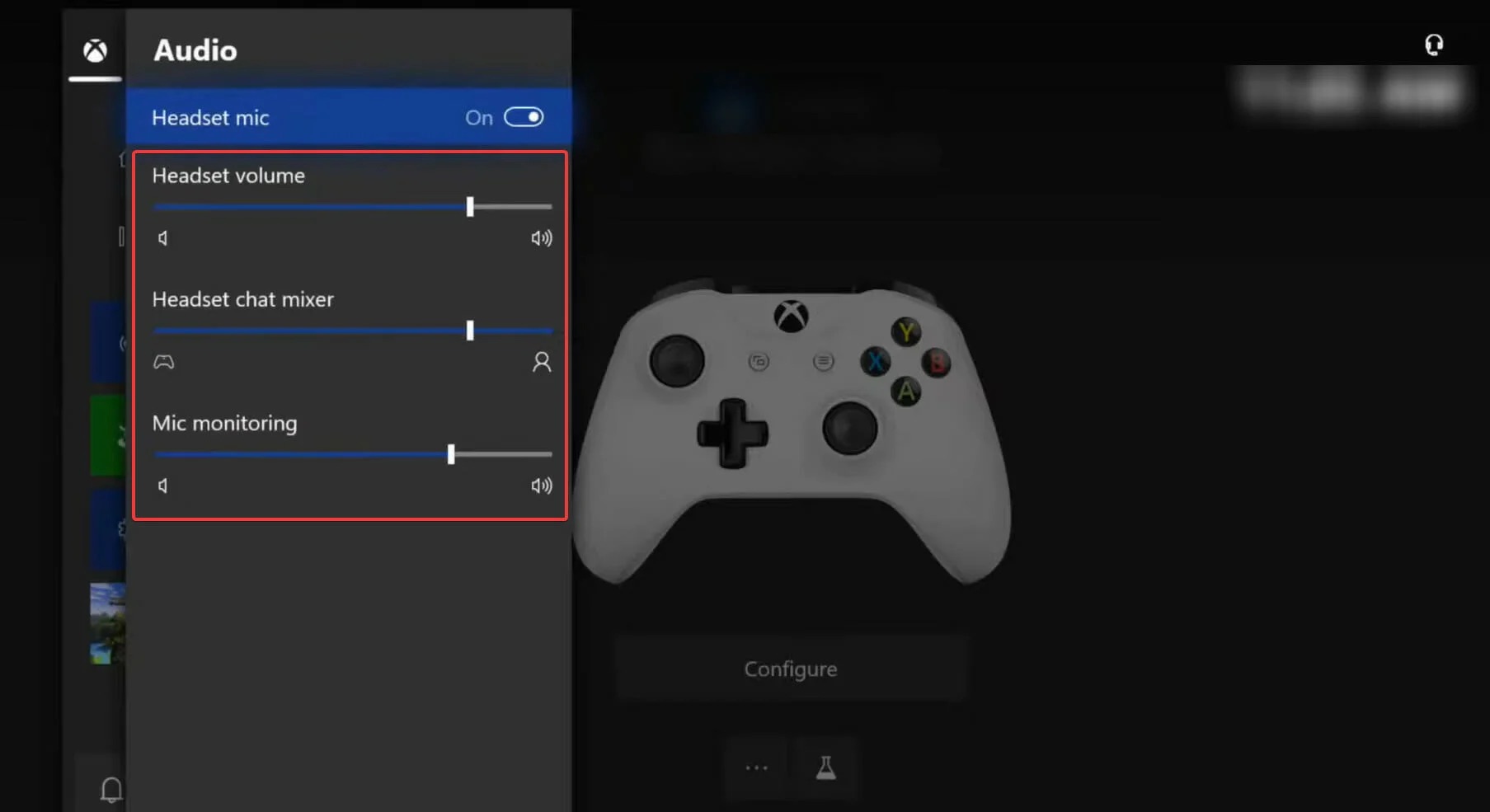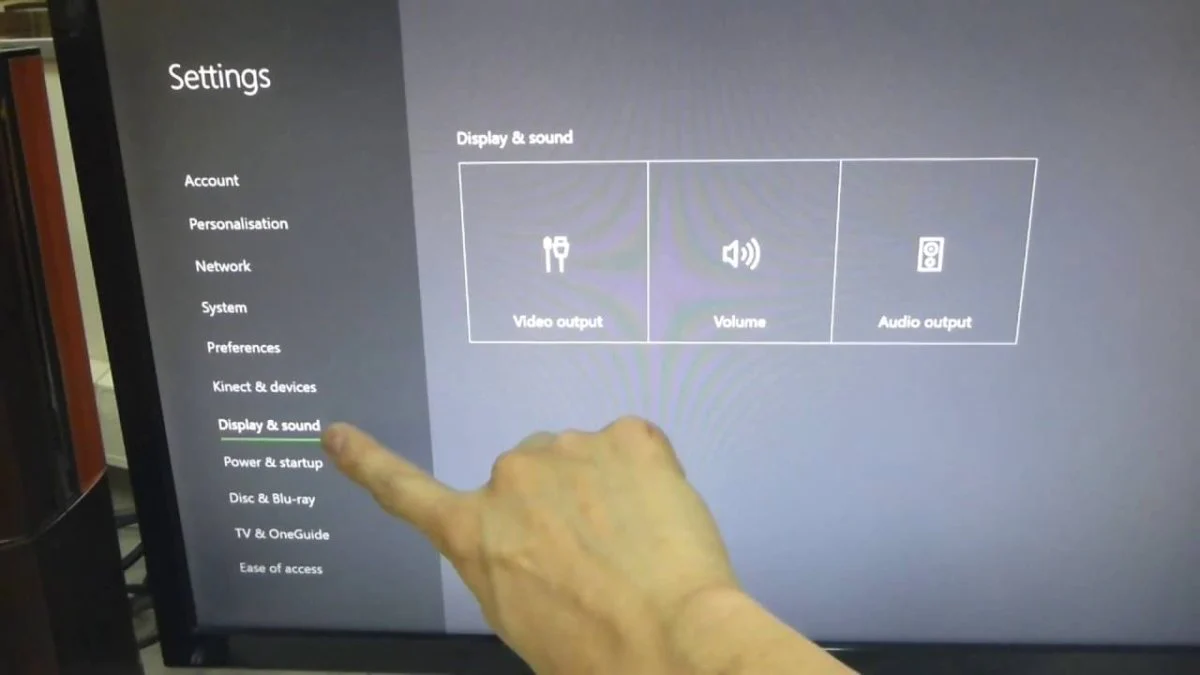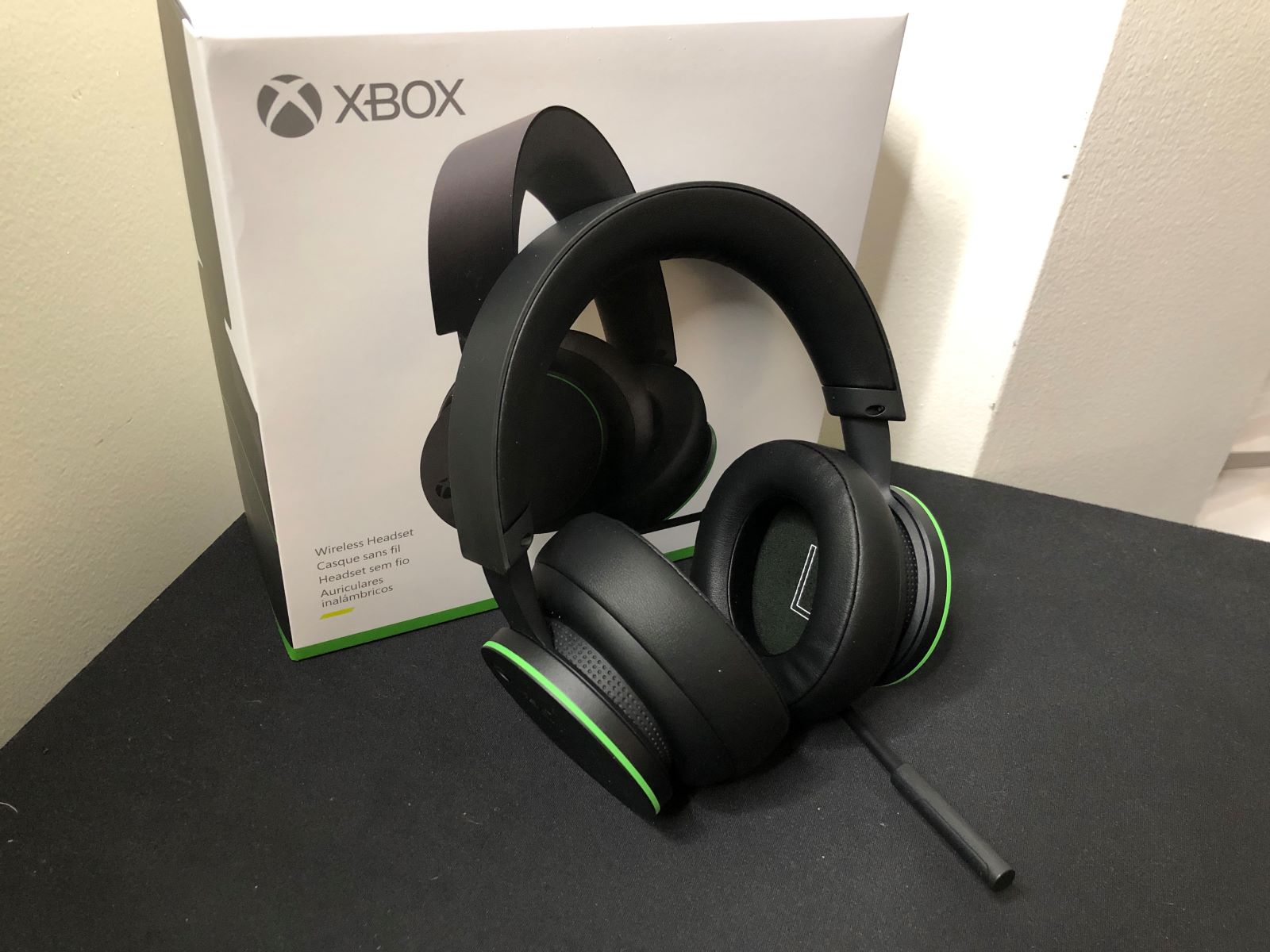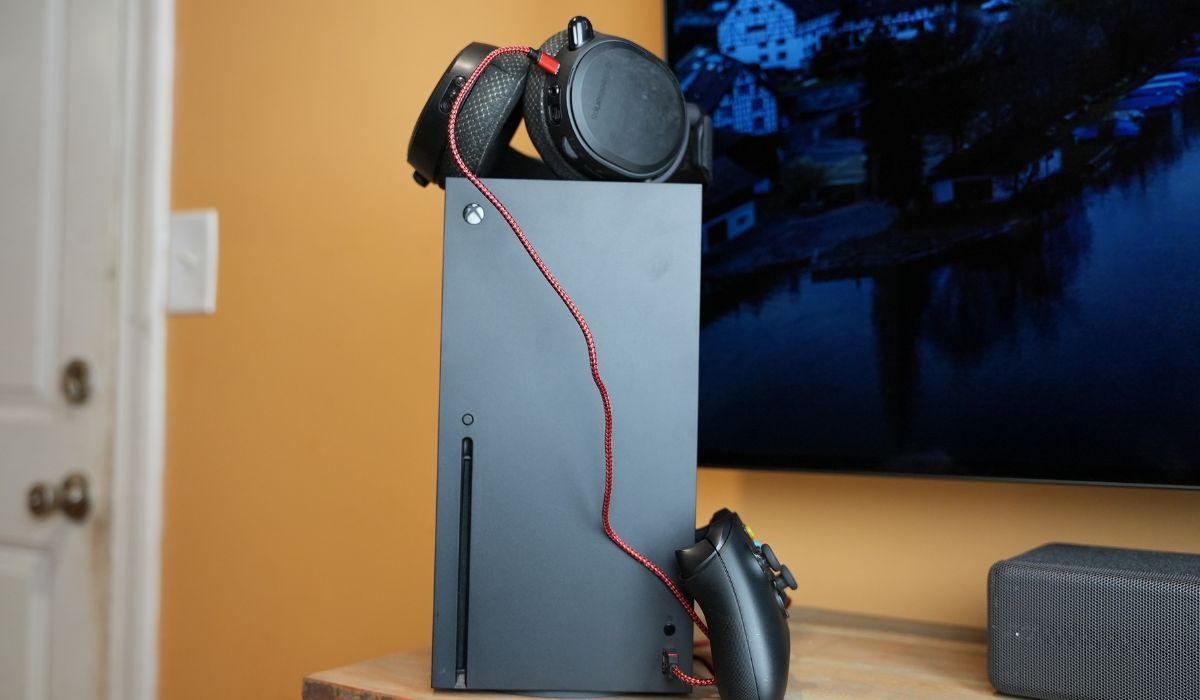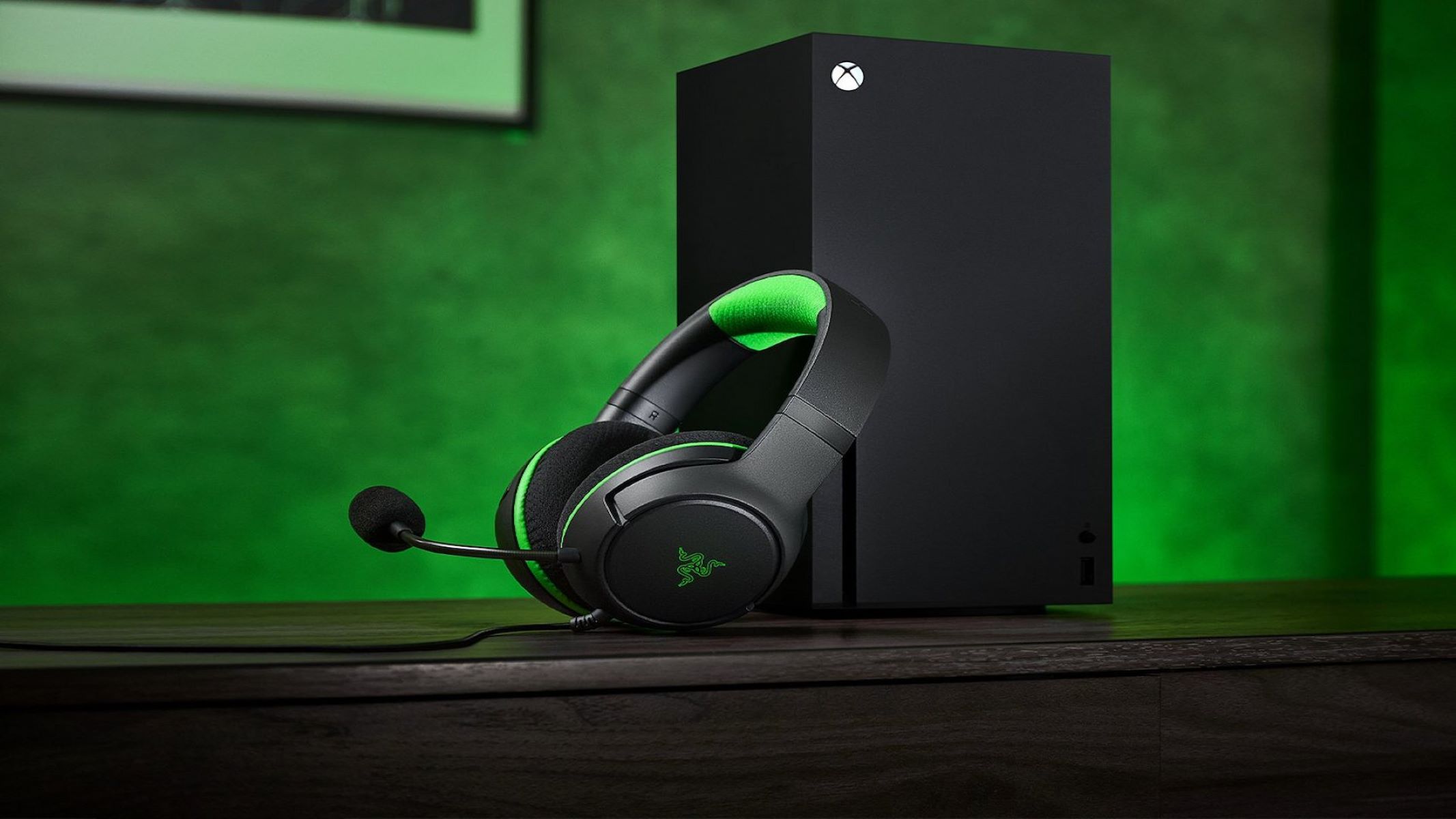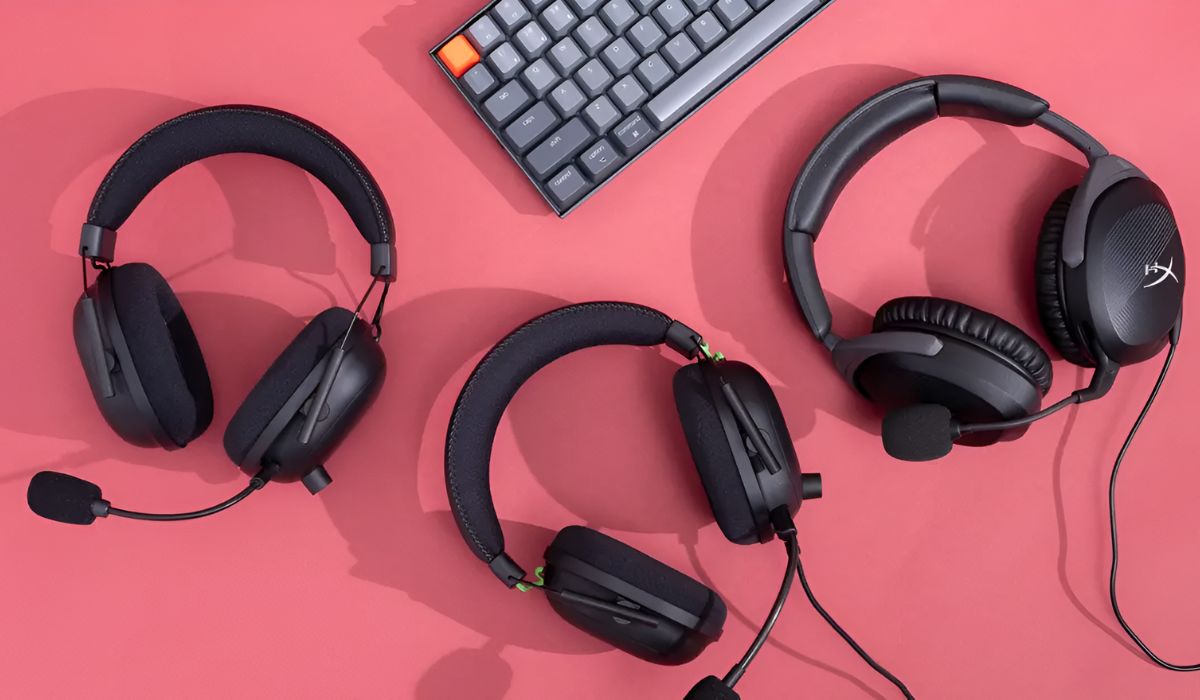What is Mic Monitoring?
Mic monitoring, also known as sidetone, is a feature that allows you to hear your own voice in the headset when speaking into the microphone. This real-time audio feedback provides a more natural and comfortable communication experience, especially during intense gaming sessions.
By enabling mic monitoring, you can avoid unintentionally shouting or speaking too softly, as you have a clear perception of your own voice levels. This feature is particularly beneficial for multiplayer gaming, where effective communication is crucial for teamwork and strategy.
Moreover, mic monitoring helps to maintain a balance between in-game audio and your voice, ensuring that you can hear your surroundings while communicating clearly with your teammates. It enhances the overall gaming experience by promoting seamless and effective communication without the need for constant adjustments or interruptions.
In essence, mic monitoring serves as a valuable tool for gamers, enabling them to stay engaged in the game while maintaining clear and consistent communication with other players. It contributes to a more immersive and interactive gaming environment, allowing for enhanced coordination and teamwork, ultimately leading to a more enjoyable gaming experience.
How to Enable Mic Monitoring on Xbox One
Enabling mic monitoring on your Xbox One is a straightforward process that can significantly enhance your gaming experience. To ensure seamless communication and audio feedback, follow these simple steps:
-
Access Settings: Begin by pressing the Xbox button on your controller to open the guide. From there, navigate to the System tab and select Settings.
-
Select Devices & Accessories: Within the Settings menu, choose the Devices & Accessories option. This will allow you to manage and customize your audio devices.
-
Configure the Headset: If you are using a wireless headset, make sure it is properly connected to your Xbox One. For wired headsets, ensure that the connection is secure. Once your headset is connected, select the controller to which it is assigned.
-
Adjust Headset Volume: Under the Headset audio section, you will find the option to adjust the volume levels for both game audio and chat. Here, you can fine-tune the balance to suit your preferences.
-
Enable Mic Monitoring: To enable mic monitoring, navigate to the Mic Monitoring section within the Headset audio settings. You will have the option to adjust the mic monitoring level according to your preference. Simply slide the bar to set the desired monitoring level. This allows you to hear your own voice through the headset, ensuring clear and natural communication during gameplay.
-
Confirm Settings: Once you have adjusted the mic monitoring level, ensure that the changes are saved. This will activate the mic monitoring feature, allowing you to seamlessly integrate it into your gaming experience.
By following these steps, you can easily enable mic monitoring on your Xbox One, enhancing the clarity and effectiveness of in-game communication. This feature empowers you to maintain a balanced audio experience, ensuring that you can hear your surroundings while communicating clearly with your teammates. With mic monitoring enabled, you are better equipped to immerse yourself in the game and engage in seamless, uninterrupted communication with fellow players.
How to Adjust Mic Monitoring Levels
Once you have enabled mic monitoring on your Xbox One, you may find it beneficial to adjust the monitoring levels to suit your preferences and gaming environment. Customizing the mic monitoring levels allows you to fine-tune the audio feedback, ensuring that you can hear your own voice clearly without it being too overpowering. This personalized approach enhances the overall communication experience and contributes to a more immersive gaming environment.
To adjust the mic monitoring levels, follow these steps:
-
Access Headset Audio Settings: Begin by accessing the Headset audio settings on your Xbox One. This can be done by navigating to the System tab in the Settings menu and selecting Devices & Accessories. From there, choose the controller to which your headset is assigned.
-
Navigate to Mic Monitoring: Within the Headset audio settings, locate the Mic Monitoring section. This is where you can customize the monitoring levels according to your preferences.
-
Fine-Tune the Monitoring Level: You will find a slider that allows you to adjust the mic monitoring level. By moving the slider, you can increase or decrease the intensity of the monitoring. It's essential to find a balance that allows you to hear your own voice clearly without it being distracting or overwhelming.
-
Test the Adjustments: As you make adjustments to the monitoring level, it's advisable to test the changes by speaking into the microphone. This real-time feedback allows you to gauge the impact of the adjustments and make further refinements if necessary.
-
Consider Gaming Environment: When adjusting the monitoring levels, consider the gaming environment in which you typically engage. If you play in a noisy or bustling setting, you may want to increase the monitoring level to ensure that your voice remains audible amidst the surrounding sounds. Conversely, in quieter environments, a lower monitoring level may be sufficient.
-
Save the Settings: Once you have fine-tuned the monitoring levels to your satisfaction, ensure that the changes are saved. This secures your customized monitoring settings, allowing you to enjoy a tailored communication experience during gameplay.
By adjusting the mic monitoring levels, you can optimize the audio feedback to align with your preferences and gaming environment. This personalized approach enhances the clarity and naturalness of in-game communication, allowing you to maintain a balanced audio experience while engaging with other players. Whether you prefer a subtle monitoring level or a more pronounced audio feedback, customization empowers you to create an optimal communication environment, ultimately contributing to a more enjoyable and immersive gaming experience.
Troubleshooting Mic Monitoring Issues
Mic monitoring is an invaluable feature that enhances communication and audio feedback during gaming sessions. However, like any technology, it may encounter issues that can disrupt the seamless integration of this feature into your gaming experience. Fortunately, troubleshooting mic monitoring issues can help you identify and resolve potential challenges, ensuring that you can fully leverage this functionality for clear and effective communication.
Here are some common mic monitoring issues and troubleshooting steps to address them:
1. Inconsistent or Intermittent Monitoring
If you experience inconsistent or intermittent mic monitoring, where the audio feedback fluctuates or cuts out unexpectedly, consider the following troubleshooting steps:
- Ensure that the headset connection is secure and free from any damage or wear that may affect the audio transmission.
- Check for any firmware updates for your headset or controller, as outdated software can lead to connectivity issues.
- Test the headset on a different controller to determine if the issue is specific to a particular device.
2. Excessive Feedback or Echo
Experiencing excessive feedback or echo in the mic monitoring can be disruptive to communication. To address this issue, consider the following troubleshooting steps:
- Adjust the mic monitoring level to a lower setting, as excessively high monitoring levels can lead to feedback and echo.
- Verify that the headset is positioned correctly and securely on your head, as improper placement can contribute to audio feedback issues.
- Evaluate the gaming environment for potential sources of reverberation or interference that may impact the monitoring feedback.
3. No Audio Feedback
If you find that there is no audio feedback during mic monitoring, follow these troubleshooting steps to address the issue:
- Check the headset volume and mic monitoring settings to ensure that they are configured correctly and not muted.
- Inspect the headset and controller connections for any signs of damage or debris that may impede the audio transmission.
- Test the headset with a different audio source to determine if the issue is specific to the Xbox One console or controller.
By implementing these troubleshooting steps, you can effectively address common mic monitoring issues and restore the seamless functionality of this feature. Additionally, consulting the user manual or contacting the headset manufacturer's support team can provide further insights and guidance for resolving specific issues.
Ensuring that mic monitoring operates optimally contributes to a more immersive and enjoyable gaming experience, allowing you to engage in clear and natural communication with fellow players while remaining attuned to the in-game audio environment.







